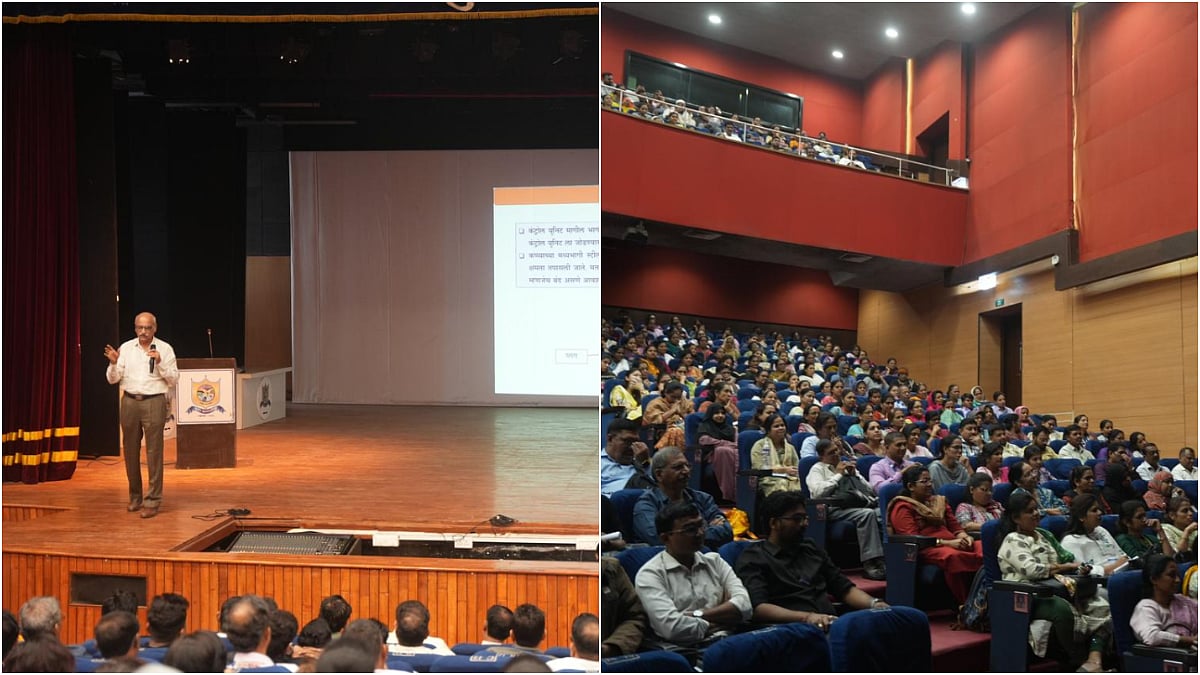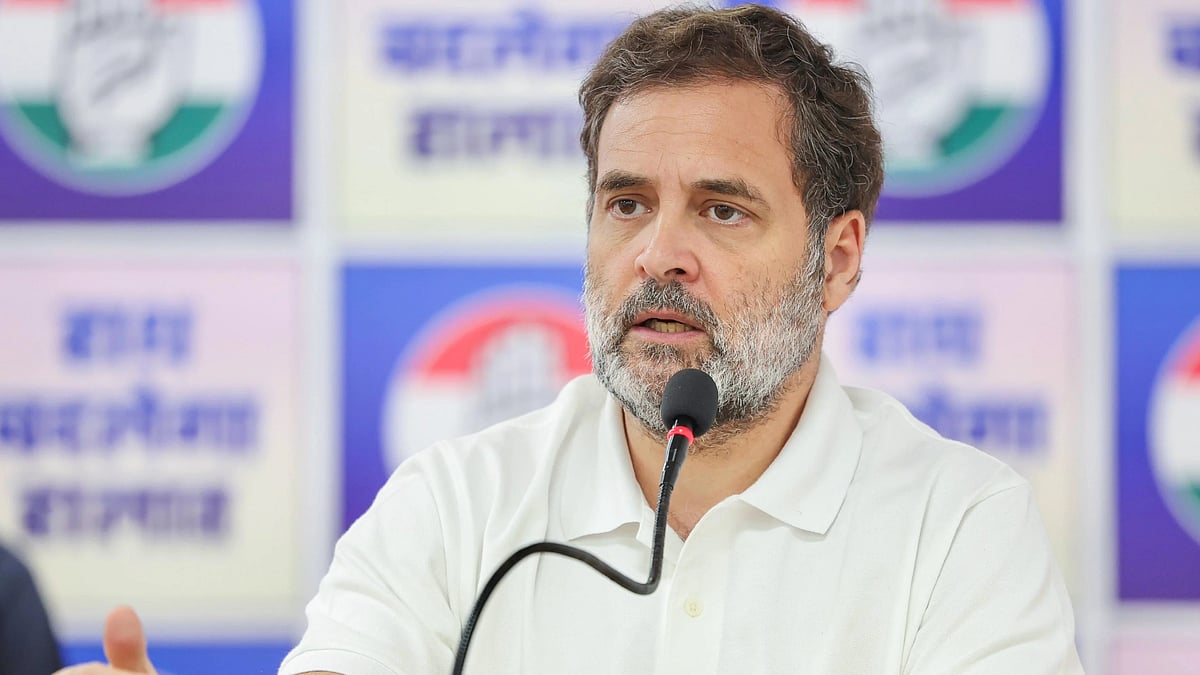The people of Mumbai are probably more aware of climate change and its impacts than any other city in the world. They have survived cyclones and floods, heavy rains and heatwaves, landslides and building collapses, water shortages and power outages, traffic jams and train disruptions. They are acutely aware of the increase in frequency and intensity of extreme weather events in the last few decades.
Everyone has a story about the great submergence of 2005, 2015 or of Mumbai’s close brush with Cyclone Ockhi (2017), Vayu (2019), Nisarga (2020), and Tauktae (2021) and how the city was back on its feet and running in no time. But then the people of Mumbai have always taken great pride in their spirit of resilience, their ability to survive all kinds of calamities and bounce back to resume their lives.
The truth is, and all the signs and science corroborate this, there is nothing predictable about what new havoc climate change is going to unleash on the financial capital of India. Science is also unequivocal that large parts of the reclaimed city of Mumbai will be claimed back by the sea sooner than later.
Mumbai has been cited as one of the top 5 megacities to be affected by sea surge due to global warming. The city is now experiencing more days of heavy rainfall interspersed with long dry breaks. These short bursts of extreme rain that trigger flash floods and landslides will continue to increase as temperatures rise. From 2001 to 2019, rising ocean temperatures led to a 52% increase in the region’s cyclone frequency and a 150% increase in the number of very severe storms, while cyclone duration increased by 80%. For reasons scientists don’t fully understand, the monsoon season is also ending later.
The good news is that Mumbai city actually has a climate action plan, the first of its kind by any major city in South Asia. Former environment Minister Aditya Thackeray’s flagship initiative, Mumbai Climate Action Plan (MCAP) created by World Resource Institute and the C40 Cities network was launched last year with much fanfare.
The bad news is that the fate of MCAP is currently unknown following the change in the government. Viewed mainly as an advocacy project, it is not within the domain of statutory planning, meaning its recommendations or proposals are not legally binding and its execution is totally dependent on the whims of the party in power and the quirks of the concerned bureaucrats.
MCAP has many shortcomings — lack of adequate public consultation, limited scope restricted to city limits, underplaying the threat of sea level rise and the complete disconnect with the ongoing projects like the coastal freeways, sea bridges and the recently sanctioned Development Plan of 2034, that opens a large swathe of the city’s erstwhile No Development Zone areas.
However, MCAP also provides many useful recommendations — it aims to build a climate-resilient city with mitigation measures such as sustainable mobility, green buildings, waste management, and adaptation measures such as increasing permeable surface in the city, conservation of mangroves and forests, equitable distribution of water and subsidised healthcare facilities for lower-income families and improving air quality.
Recently the Mumbai Metropolitan Region Development Authority (MMRDA) announced that it is working with United Nations Environment Program (UNEP) to develop a new climate action plan for the entire Mumbai Metropolitan Region (MMR) that intends to correct and improve on MCAP by expanding the plan’s scope and geographical limits to eight other neighbouring municipalities.
The proposed climate action plan is still in its early stages but the next climate-induced disaster is not. The government should not wait, it must listen to the science and make a robust climate action plan with full public participation immediately. Reducing city’s emissions with electric buses, sustainable waste management and green buildings is important but preparing the city for the inevitable climate chaos is more urgent.
A good starting point is to begin restoring and strengthening Mumbai’s first line of defence, the mangroves, that act as natural buffers against storm surges, coastal erosion and flooding. Next it must focus on protecting the city’s second line of defence, its mudflats, wetlands, many rivulets and the Mithi river instead of relying only on engineering solutions like pumps or tanks. The Brihanmumbai Municipal Corporation’s disaster management unit has done a tremendous job so far — but it is stretched and could use better-localised forecasting and warning systems as well as more citizen engagement.
Finally, while formulating any climate action plan, the lawmakers must consult all stakeholders, especially the most vulnerable, women and children, senior citizens and the disabled, slum dwellers and fishermen to ensure social and environmental justice as its foundation.
Shailendra Yashwant is an independent environmental photojournalist and climate communications consultant.









